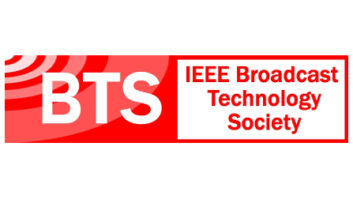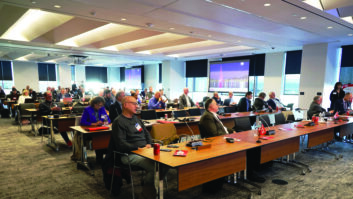The Library of American Broadcasting has announced the opening of a new virtual exhibit that honors the long history of broadcast jingles.
The exhibit, titled “The Lost Art of Jingle Writing,” is culled from a collection of iconic ads that have been archived by the Radio Advertising Bureau. The RAB began collecting examples of ads from all over the country, starting in 1954, to showcase the power of radio during the rise of the television era. The result is a virtual collection of jingle composers and performers producing iconic ads that demonstrate the effectiveness of a catchy tune paired with memorable lyrics.
The origin of the jingle used in modern advertising can be traced back to the use of printed, poetic verses to sell products in the late 19th century. One of the earliest examples of this practice is an ad for Sapolio brand soap, which the RAB said was written by written by Bret Harte in 1876.

Advertising jingles reached a new level of prominence with the popularization of recorded sound and the advent of radio. By 1929, there were 12 million radio sets in use, and 630 radio stations, compared with only one eight years before. Sponsorships began to emerge as the most viable way to financially sustain radio programs in the late 1920s, and advertising agencies saw the possibilities of reaching listeners with short, catchy, musical tunes.
It was back in 1926 that a barbershop quartet in Minneapolis was hired to help create the first known local radio ad, used to advertise for Wheaties breakfast cereal.
The first nationally broadcast jingle would emerge in 1939 in the form of an ad for Pepsi-Cola.
[Visit Radio World’s News and Business Page]
In addition, the exhibit includes jingles from Budweiser, Alka Seltzer, 7-Up and even Oscar Meyer, whose wiener song went on to receive national recognition.
By the 60s, advertising companies began using well-known musicians in their commercials such as the ad “Things Go Better With Coke” that was performed by Marvin Gaye, Diana Ross, Aretha Franklin and the Moody Blues, among others.
The Library of American Broadcasting Collection at the University of Maryland is a key repository for the preservation and dissemination of the 100-year history of U.S. broadcasting. Originally housed in the National Association of Broadcasters’ previous headquarters at Dupont Circle in Washington, D.C., the collection moved to its current location in 1994.












